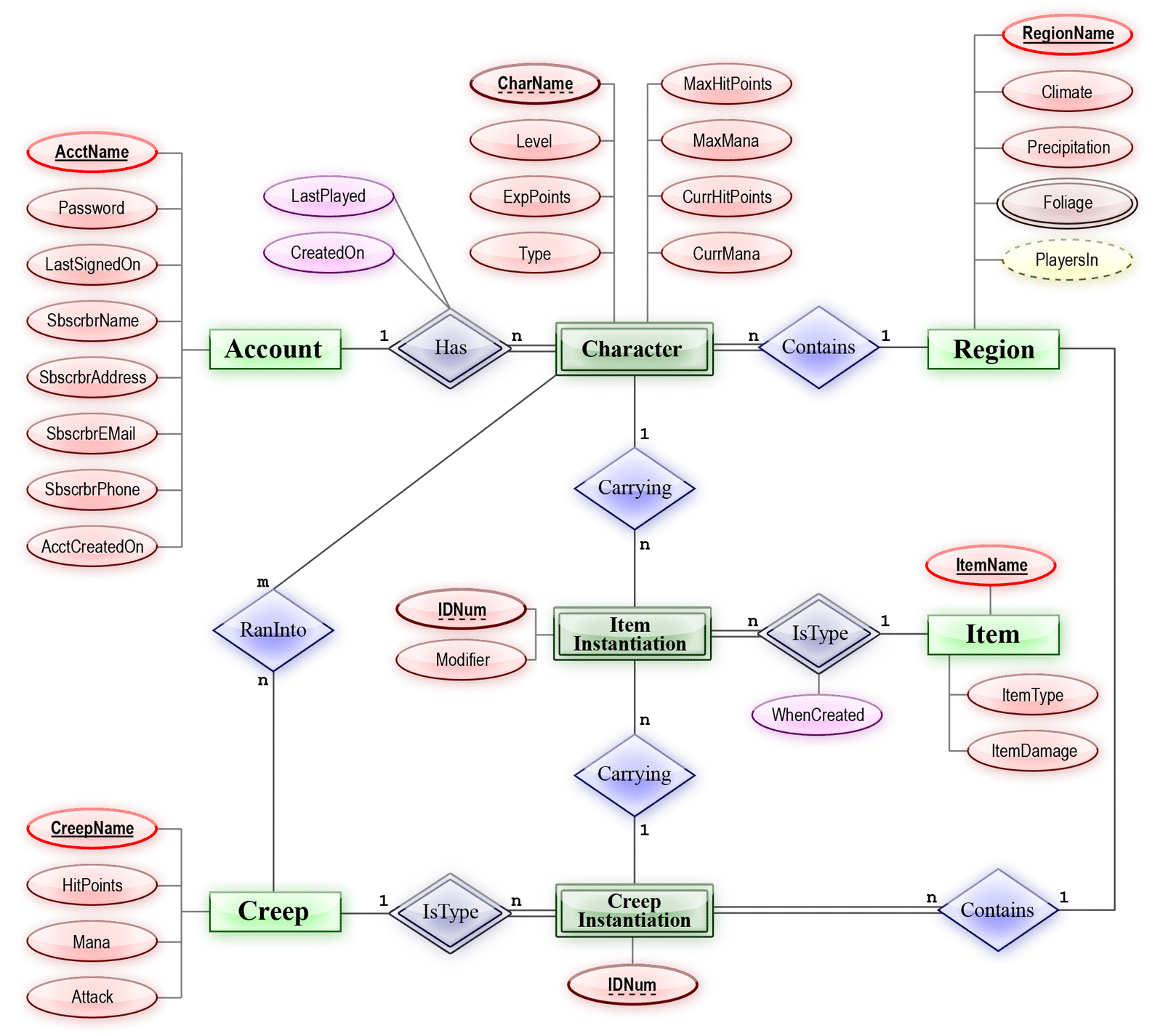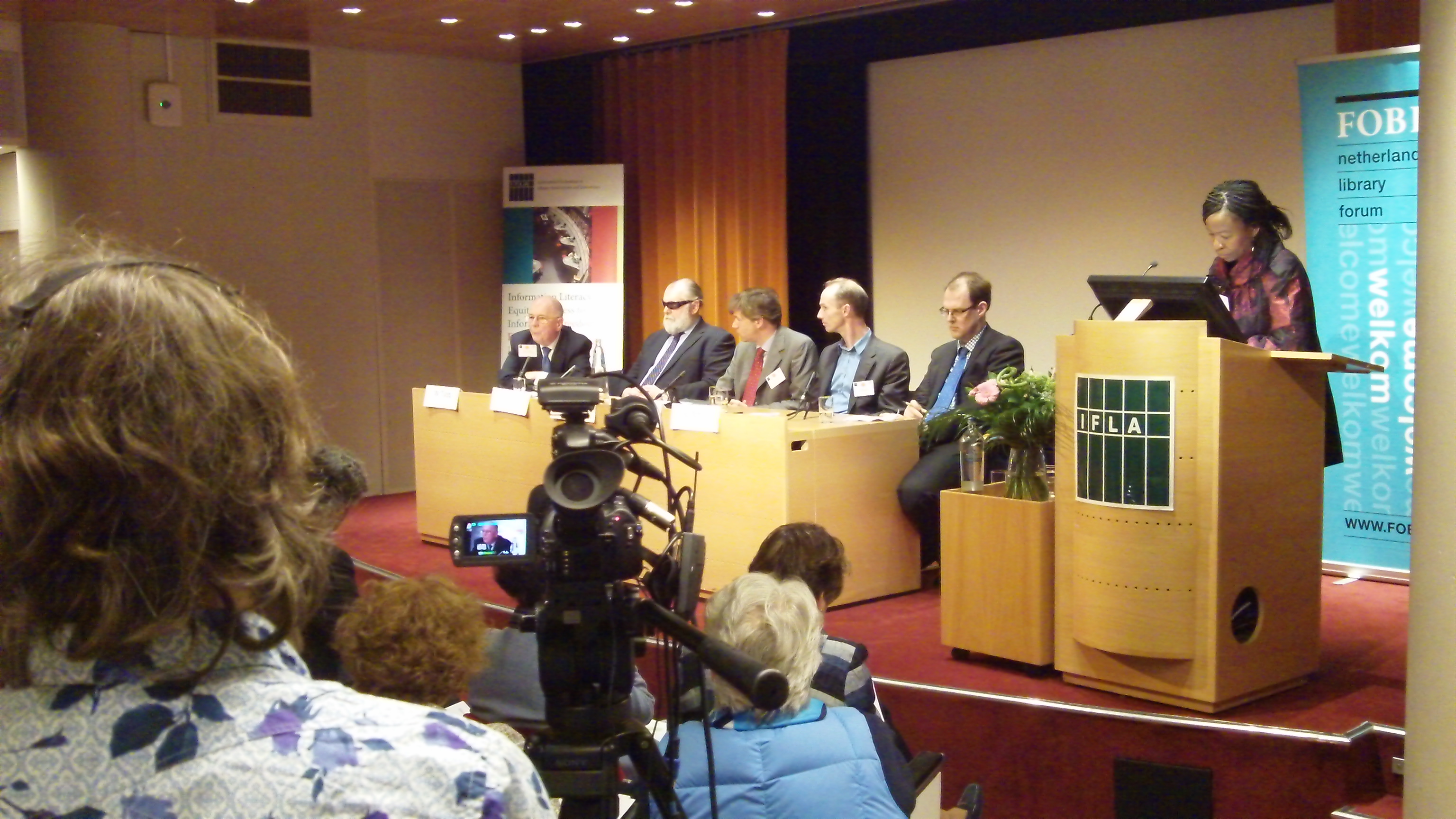|
IFLA Library Reference Model
The IFLA Library Reference Model (IFLA LRM) is a conceptual entity–relationship model developed by the International Federation of Library Associations and Institutions (IFLA) that expresses the "logical structure of bibliographic information". It unifies the models of Functional Requirements for Bibliographic Records (FRBR), Functional Requirements for Authority Data (FRAD) and Functional Requirements for Subject Authority Data (FRSAD). The IFLA LRM is intended to be used as the basis of cataloguing rules and implementing bibliographic information systems. It has Library of Congress subject heading number 2017004509. Differences from FR-series models IFLA LRM adds super-classes ''res'' ("thing") and ''agent'' to facilitate formal relationship definitions. ''Time span'' and ''place'' are entities rather than literal values. It uses the same Work, Expression, Manifestation, Item (WEMI) model as FRBR Group 1 entities. The FRBR Group 2 ''corporate body'' and FRAD ''family'' are c ... [...More Info...] [...Related Items...] OR: [Wikipedia] [Google] [Baidu] |
Entity–relationship Model
An entity–relationship model (or ER model) describes interrelated things of interest in a specific domain of knowledge. A basic ER model is composed of entity types (which classify the things of interest) and specifies relationships that can exist between entities (instances of those entity types). In software engineering, an ER model is commonly formed to represent things a business needs to remember in order to perform business processes. Consequently, the ER model becomes an abstract data model, that defines a data or information structure which can be implemented in a database, typically a relational database. Entity–relationship modeling was developed for database and design by Peter Chen and published in a 1976 paper, with variants of the idea existing previously, but today it is commonly used for teaching students the basics of data base structure. Some ER models show super and subtype entities connected by generalization-specialization relationships, and an ER model ... [...More Info...] [...Related Items...] OR: [Wikipedia] [Google] [Baidu] |
International Federation Of Library Associations And Institutions
The International Federation of Library Associations and Institutions (IFLA) is the leading international body representing the interests of people who rely on libraries and information professionals. An independent, non-governmental, not-for-profit organization, IFLA was founded in Scotland in 1927 and maintains headquarters at the National Library of the Netherlands in The Hague. IFLA sponsors the annual IFLA World Library and Information Congress, promoting universal and equitable access to information, ideas, and works of imagination for social, educational, cultural, democratic, and economic empowerment. IFLA also produces several publications, including IFLA Journal. IFLA closely partners with UNESCO, resulting in several jointly produced manifestos. IFLA is also a founding member of Blue Shield, which works to protect the world's cultural heritage when threatened by wars and natural disaster. History IFLA was founded in Edinburgh, Scotland, on 30 September 1927, when li ... [...More Info...] [...Related Items...] OR: [Wikipedia] [Google] [Baidu] |
Functional Requirements For Bibliographic Records
Functional Requirements for Bibliographic Records (FRBR ) is a conceptual entity–relationship model developed by the International Federation of Library Associations and Institutions (IFLA) that relates user tasks of retrieval and access in online library catalogues and bibliographic databases from a user’s perspective. It represents a more holistic approach to retrieval and access as the relationships between the entities provide links to navigate through the hierarchy of relationships. The model is significant because it is separate from specific cataloguing standards such as Anglo-American Cataloguing Rules (AACR), Resource Description and Access (RDA) and International Standard Bibliographic Description (ISBD). User tasks The ways that people can use FRBR data have been defined as follows: to find entities in a search, to identify an entity as being the correct one, to select an entity that suits the user's needs, or to obtain an entity (physical access or licensing). FRBR ... [...More Info...] [...Related Items...] OR: [Wikipedia] [Google] [Baidu] |
Functional Requirements For Authority Data
Functional Requirements for Authority Data (FRAD), formerly known as Functional Requirements for Authority Records (FRAR) is a conceptual entity-relationship model developed by the International Federation of Library Associations and Institutions (IFLA) for relating the data that are recorded in library authority records to the needs of the users of those records and facilitate and sharing of that data. The draft was presented in 2004 at the 70th IFLA General Conference and Council in Buenos Aires by Glenn Patton. It is an extension and expansion to the FRBR model, adding numerous entities and attributes. The conceptual work and future implementations are aimed at supporting four tasks, frequently executed by users in a library context—either the library patrons (the first three tasks), or the librarians themselves (all four tasks): * Find: Find an entity or set of entities corresponding to stated criteria; * Identify: Identify an entity; * Contextualize: Place a person, corpo ... [...More Info...] [...Related Items...] OR: [Wikipedia] [Google] [Baidu] |
Functional Requirements For Subject Authority Data
Functional Requirements for Subject Authority Data (FRSAD), previously known as Functional Requirements for Subject Authority Records (FRSAR), is a conceptual entity-relationship model developed by the International Federation of Library Associations and Institutions (IFLA) and published in 2010. It is a continuation of the work done on the FRBR model, detailing how "entities that serve as subjects of intellectual or artistic endeavor" can be related and controlled within the bibliographic universe. The model is intended to support global sharing and reuse of subject authority data. The conceptual model Work Work is a "distinct intellectual or artistic creatio(IFLA 1998) Thema Is anything that can be the subject of a work. This is the abstract idea of the aboutness of a given work. Thema is independent of language and discipline(FRSAR 2007) Nomen Any alphanumeric, sound, visual, or any other symbol, sign or combination of symbols by which a thema is known, referred to or ad ... [...More Info...] [...Related Items...] OR: [Wikipedia] [Google] [Baidu] |
Resource Description And Access
Resource Description and Access (RDA) is a standard for descriptive cataloging initially released in June 2010, providing instructions and guidelines on formulating bibliographic data. Intended for use by libraries and other cultural organizations such as museums and archives, RDA is the successor to ''Anglo-American Cataloguing Rules, Second Edition'' (AACR2). Background RDA emerged from the International Conference on the Principles & Future Development of AACR held in Toronto in 1997. It is published jointly by the American Library Association, the Canadian Federation of Library Associations, and the Chartered Institute of Library and Information Professionals (CILIP) in the United Kingdom. Maintenance of RDA is the responsibility of the RDA Steering Committee (RSC). As of 2015, RSC is undergoing a transition to an international governance structure, expected to be in place in 2019. RDA instructions and guidelines are available through RDA Toolkit, an online subscription servi ... [...More Info...] [...Related Items...] OR: [Wikipedia] [Google] [Baidu] |
FRBRoo
The FRBRoo ("FRBR-object oriented") initiative is a joint effort of the CIDOC Conceptual Reference Model and Functional Requirements for Bibliographic Records international working groups to establish "a formal ontology intended to capture and represent the underlying semantics of bibliographic information and to facilitate the integration, mediation, and interchange of bibliographic and museum information."FRBRoo Introduction . History The idea behind this initiative is that both the library and museum communities would benefit from harmonizing the FRBR and CIDOC reference models to better share library and museum information, particularly in light of the[...More Info...] [...Related Items...] OR: [Wikipedia] [Google] [Baidu] |
CIDOC Conceptual Reference Model
The CIDOC Conceptual Reference Model (CRM) provides an extensible ontology for concepts and information in cultural heritage and museum documentation. It is the international standard (ISO 21127:2014) for the controlled exchange of cultural heritage information. Galleries, libraries, archives, museums ( GLAMs), and other cultural institutions are encouraged to use the CIDOC CRM to enhance accessibility to museum-related information and knowledge. History The CIDOC CRM emerged from the CIDOC Documentation Standards Group in the International Committee for Documentation of the International Council of Museums. Initially, until 1994, the work focused on developing an entity-relationship model for museum information, however, in 1996, the approach shifted to object-oriented modeling methodologies, resulting in the first ''"CIDOC Conceptual Reference Model (CRM)"'' in 1999. The process of standardizing the CIDOC CRM began in 2000 and was completed in 2006 with its acceptance as the ... [...More Info...] [...Related Items...] OR: [Wikipedia] [Google] [Baidu] |
BIBFRAME
BIBFRAME (Bibliographic Framework) is a data model for bibliographic description. BIBFRAME was designed to replace the MARC standards, and to use linked data principles to make bibliographic data more useful both within and outside the library community. History The MARC Standards, which BIBFRAME seeks to replace, were developed by Henriette Avram at the U.S. Library of Congress during the 1960s. By 1971, MARC formats had become the national standard for dissemination of bibliographic data in the United States, and the international standard by 1973. In a provocatively titled 2002 article, library technologist Roy Tennant argued that "MARC Must Die", noting that the standard was old; used only within the library community; and designed to be a display, rather than a storage or retrieval format. A 2008 report from the Library of Congress wrote that MARC is "based on forty-year old techniques for data management and is out of step with programming styles of today." In 2012, the Li ... [...More Info...] [...Related Items...] OR: [Wikipedia] [Google] [Baidu] |
Library Cataloging And Classification
A library is a collection of materials, books or media that are accessible for use and not just for display purposes. A library provides physical (hard copies) or digital access (soft copies) materials, and may be a physical location or a virtual space, or both. A library's collection can include printed materials and other physical resources in many formats such as DVD, CD and cassette as well as access to information, music or other content held on bibliographic databases. A library, which may vary widely in size, may be organized for use and maintained by a public body such as a government; an institution such as a school or museum; a corporation; or a private individual. In addition to providing materials, libraries also provide the services of librarians who are trained and experts at finding, selecting, circulating and organizing information and at interpreting information needs, navigating and analyzing very large amounts of information with a variety of resources. Li ... [...More Info...] [...Related Items...] OR: [Wikipedia] [Google] [Baidu] |
Library 2
A library is a collection of materials, books or media that are accessible for use and not just for display purposes. A library provides physical (hard copies) or digital access (soft copies) materials, and may be a physical location or a virtual space, or both. A library's collection can include printed materials and other physical resources in many formats such as DVD, CD and cassette as well as access to information, music or other content held on bibliographic databases. A library, which may vary widely in size, may be organized for use and maintained by a public body such as a government; an institution such as a school or museum; a corporation; or a private individual. In addition to providing materials, libraries also provide the services of librarians who are trained and experts at finding, selecting, circulating and organizing information and at interpreting information needs, navigating and analyzing very large amounts of information with a variety of resources. Li ... [...More Info...] [...Related Items...] OR: [Wikipedia] [Google] [Baidu] |




